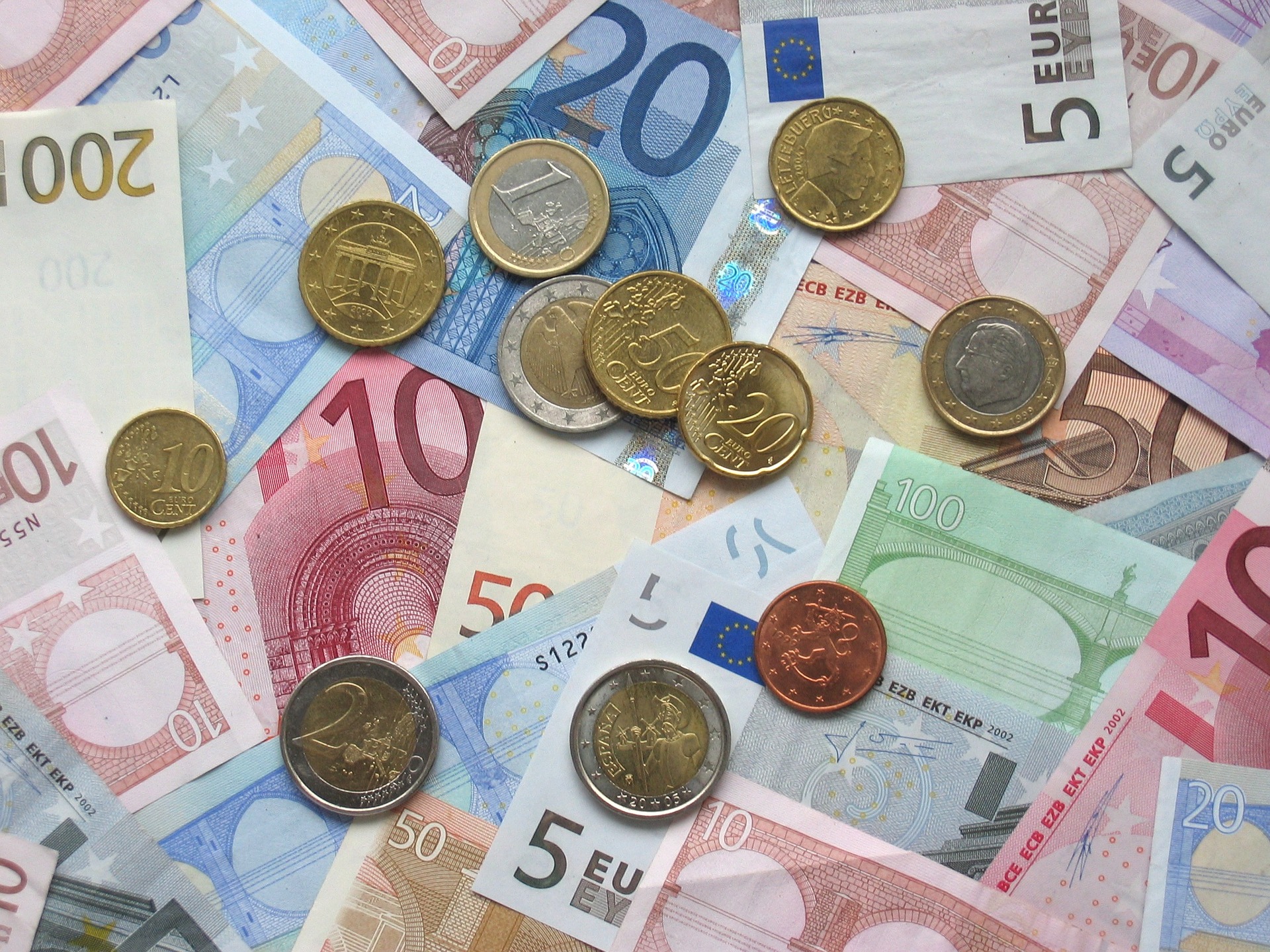
Croatia's general government debt reached 330 billion kuna (€43 billion) at the end of 2020, an increase of 12.6 percent from 2019, with the debt-to-GDP ratio jumping to 89 percent from 73 percent in 2019, data recently released by the central bank showed.
In December 2020, the general government debt increased slightly by 526 million kuna (€69 million) or 0.16 percent from November, and by 36.8 billion kuna (€4.8 billion) or 12.6 percent from December 2019.
The current debt-to-GDP ratio of 89 percent is the highest since 2014, when it stood at about 85 percent of GDP. After steadily decreasing over the next five years to reach 73 percent of GDP in 2019, the spending to combat the coronavirus pandemic and the shrinking GDP in 2020 combined to increase the ratio to 89 percent in 2020.
The main component of the increase is the domestic debt component, which had gone up by 26 billion kuna (€3.4 billion), or 13.2 percent, since December 2019.
In December 2020, the general government debt totaled 224 billion kuna (€30 billion) on the domestic market, while the external debt component amounted to nearly 106 billion kuna (€14 billion). The external debt component increased by 10.8 billion kuna (€1.4 billion), or 11.3 percent, year-on-year.
The debt structure is dominated by long-term debt instruments. At the end of December 2020, the debt consisted of bonds (64.4 percent), long-term loans (29.1 percent), and short-term loans and securities (6.5 percent).
Compared with December 2019, the short-term debt rose by 8.4 billion kuna (€1.1 billion), or 63 percent, while long-term debt increased by 30.5 billion kuna (€4 billion), or 11 percent.
(€1 = 7.57 kuna)
Kakvo je tvoje mišljenje o ovome?
Pridruži se raspravi ili pročitaj komentare



 Srbija
Srbija
 Bosna i Hercegovina
Bosna i Hercegovina
 Slovenija
Slovenija







